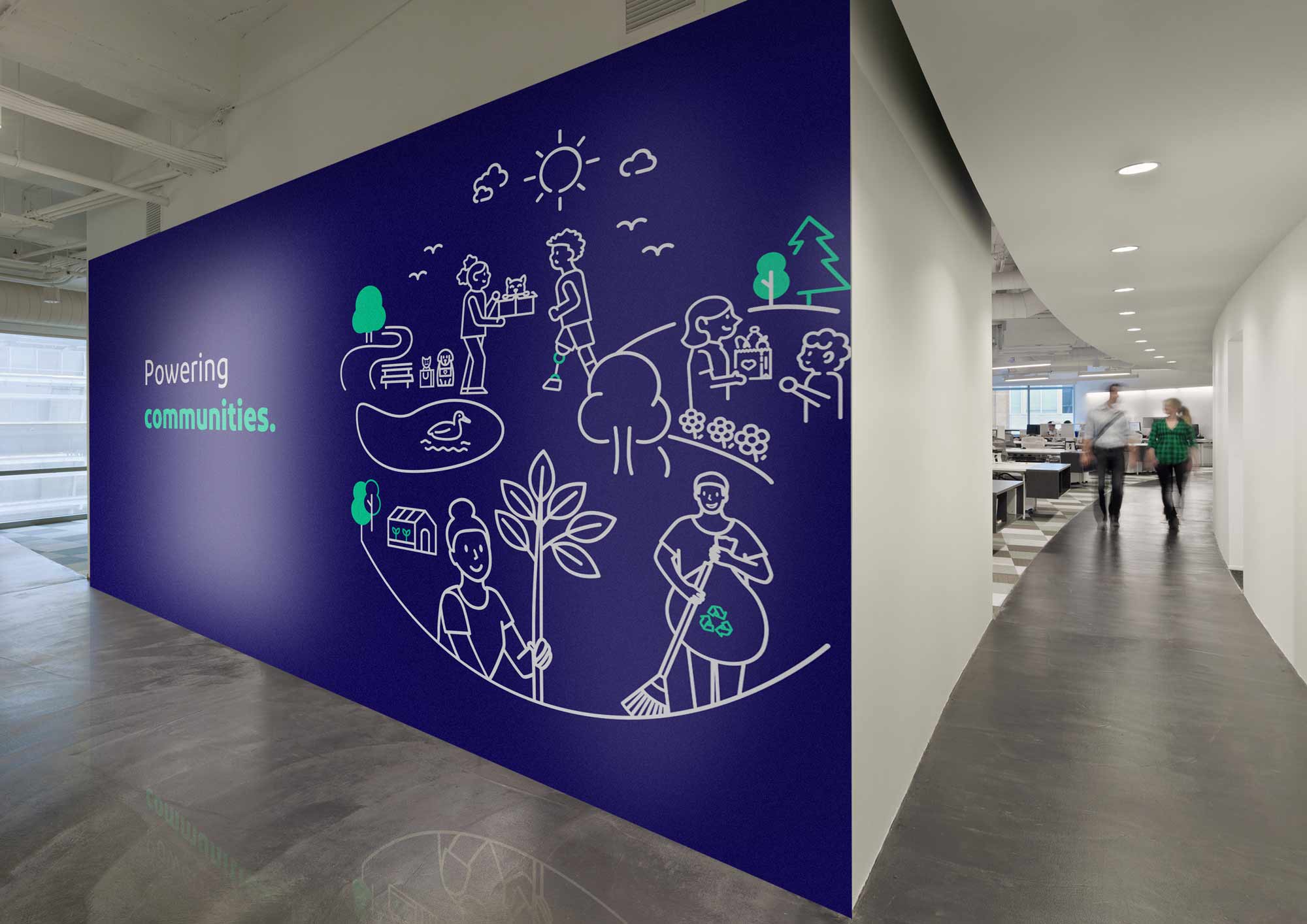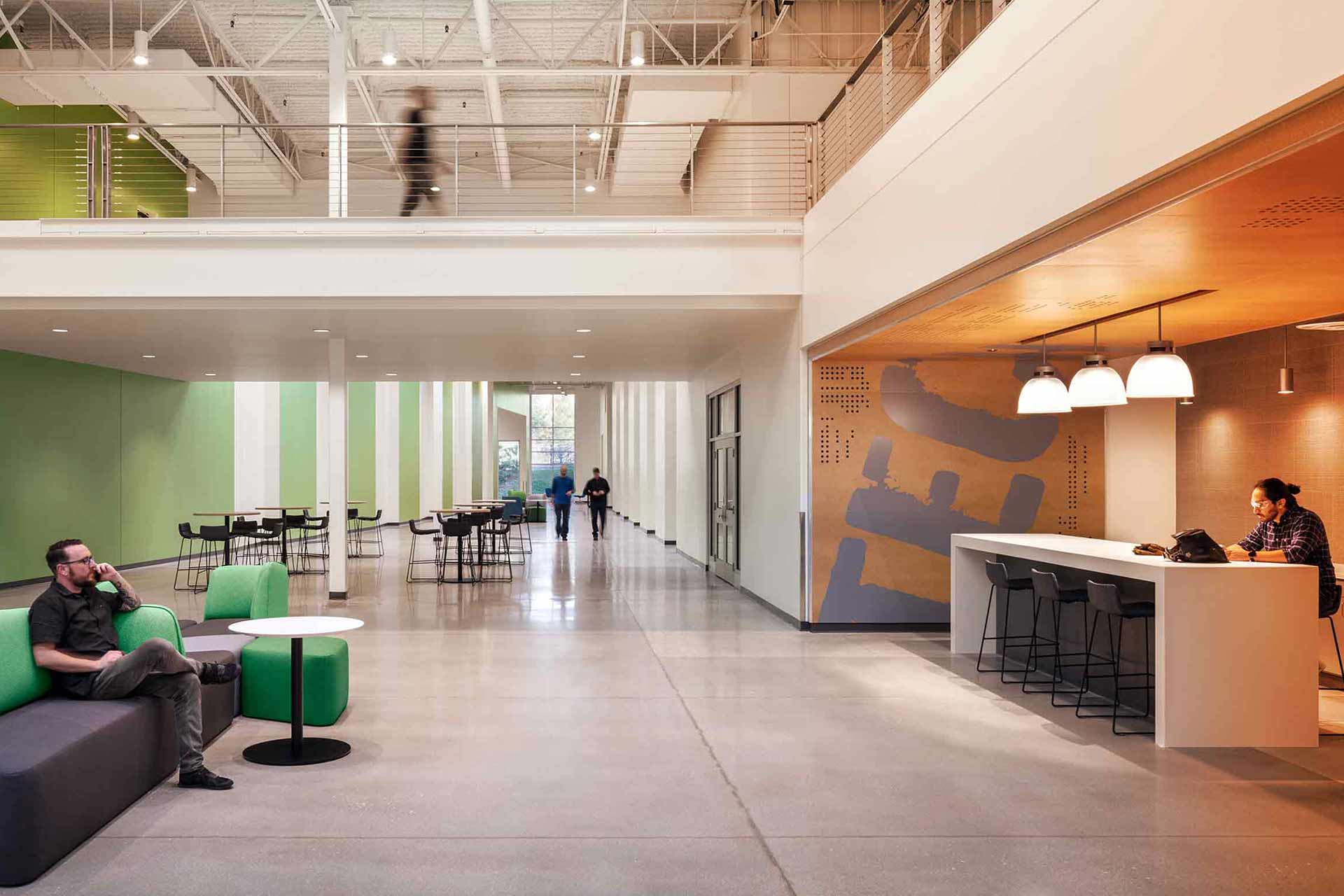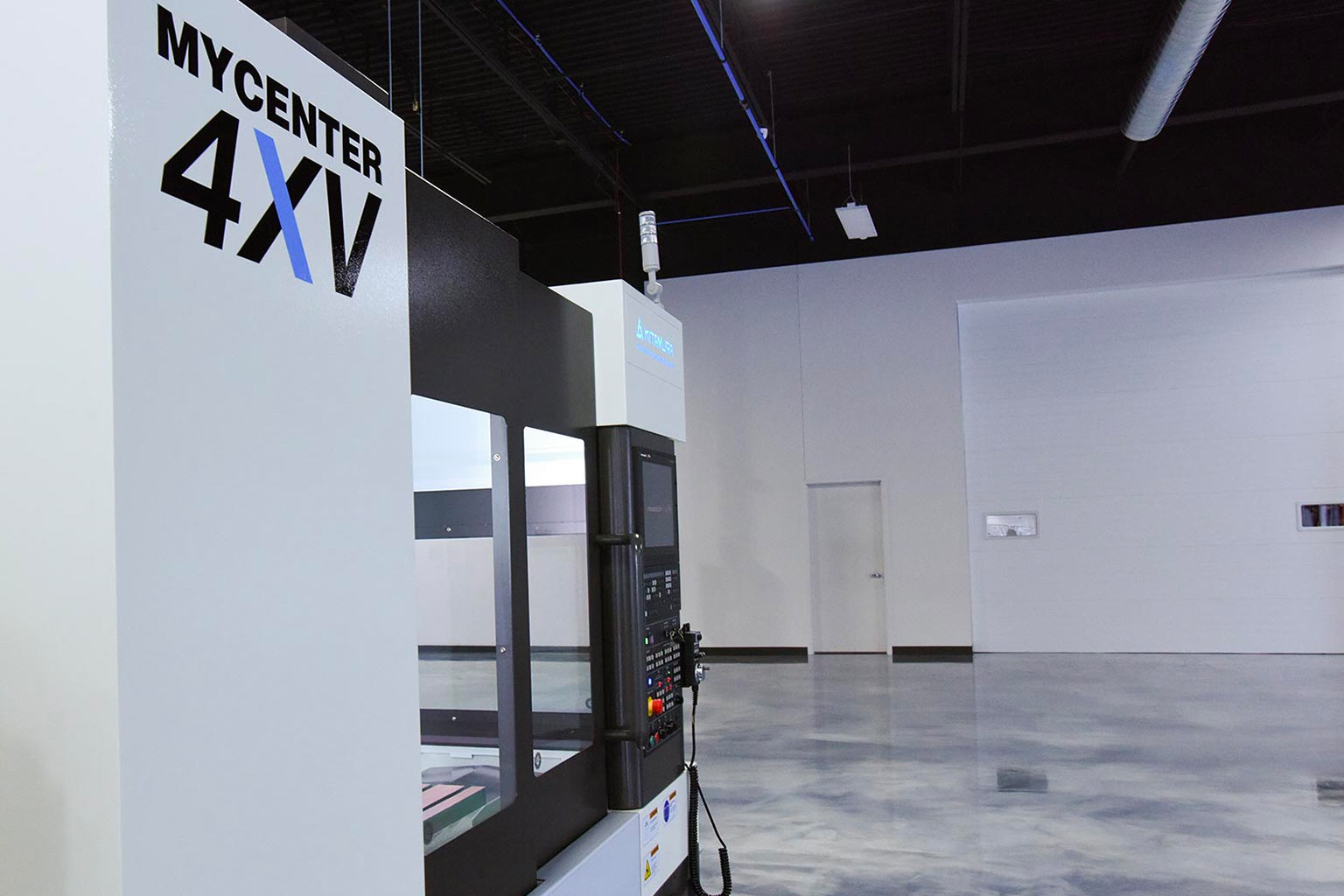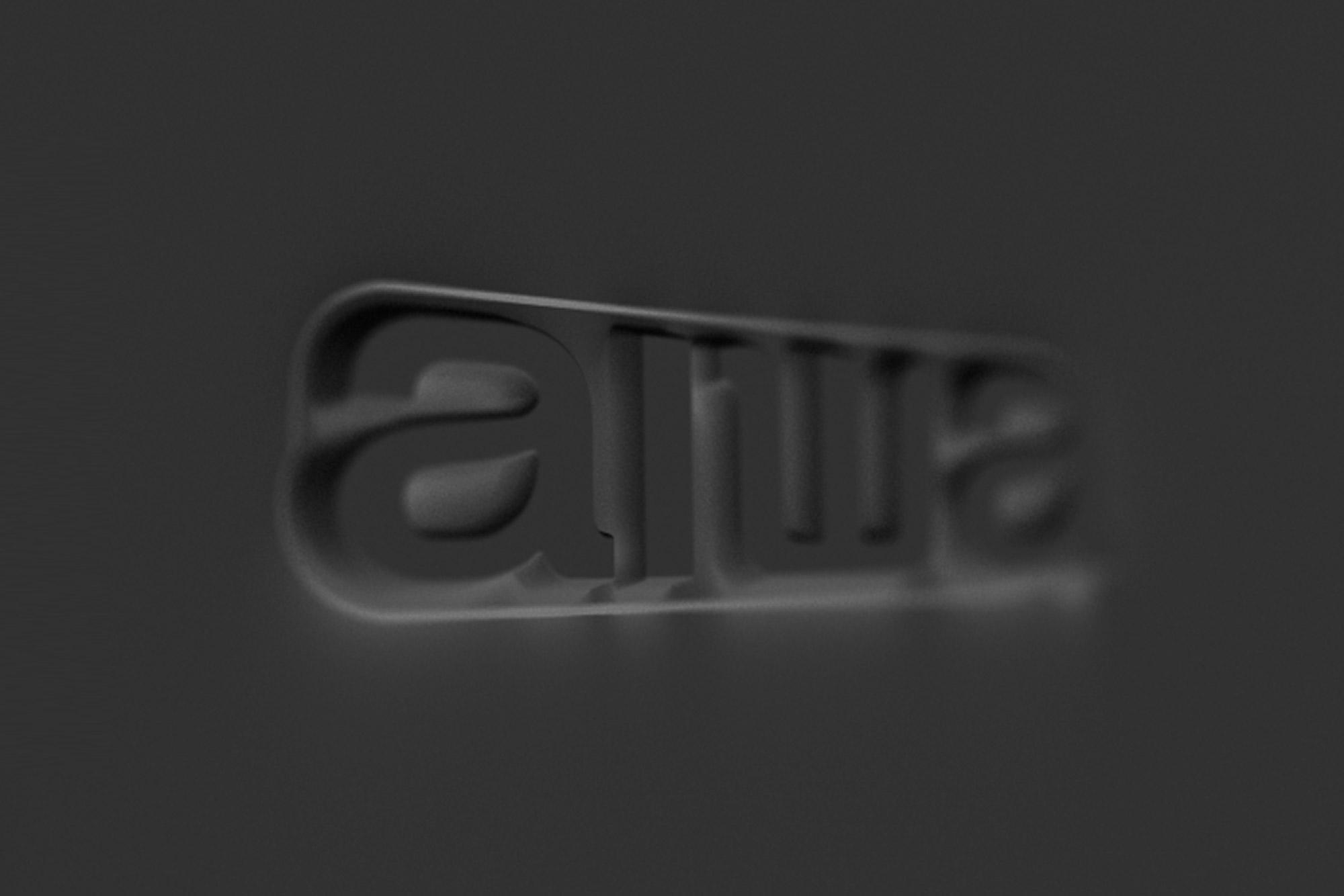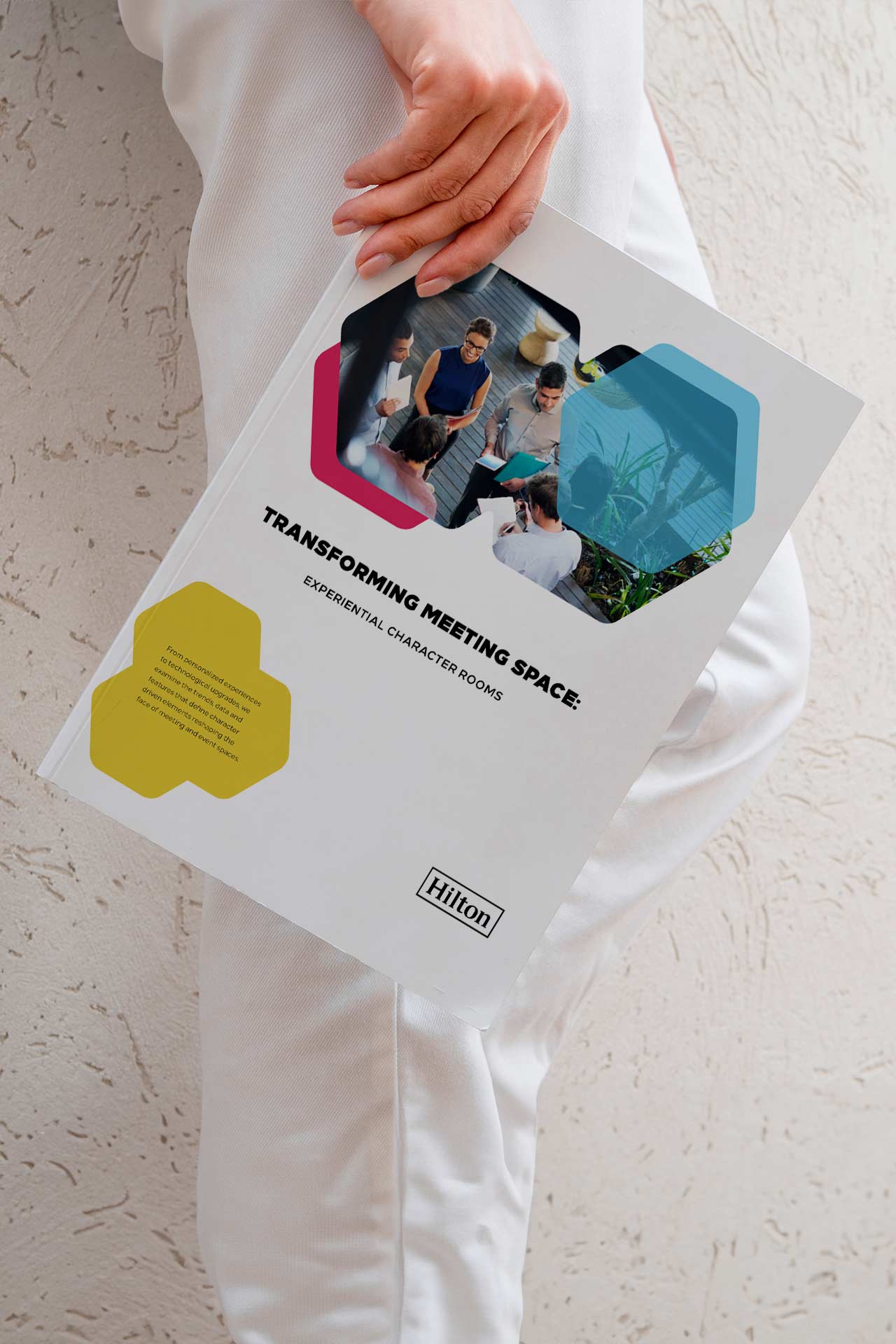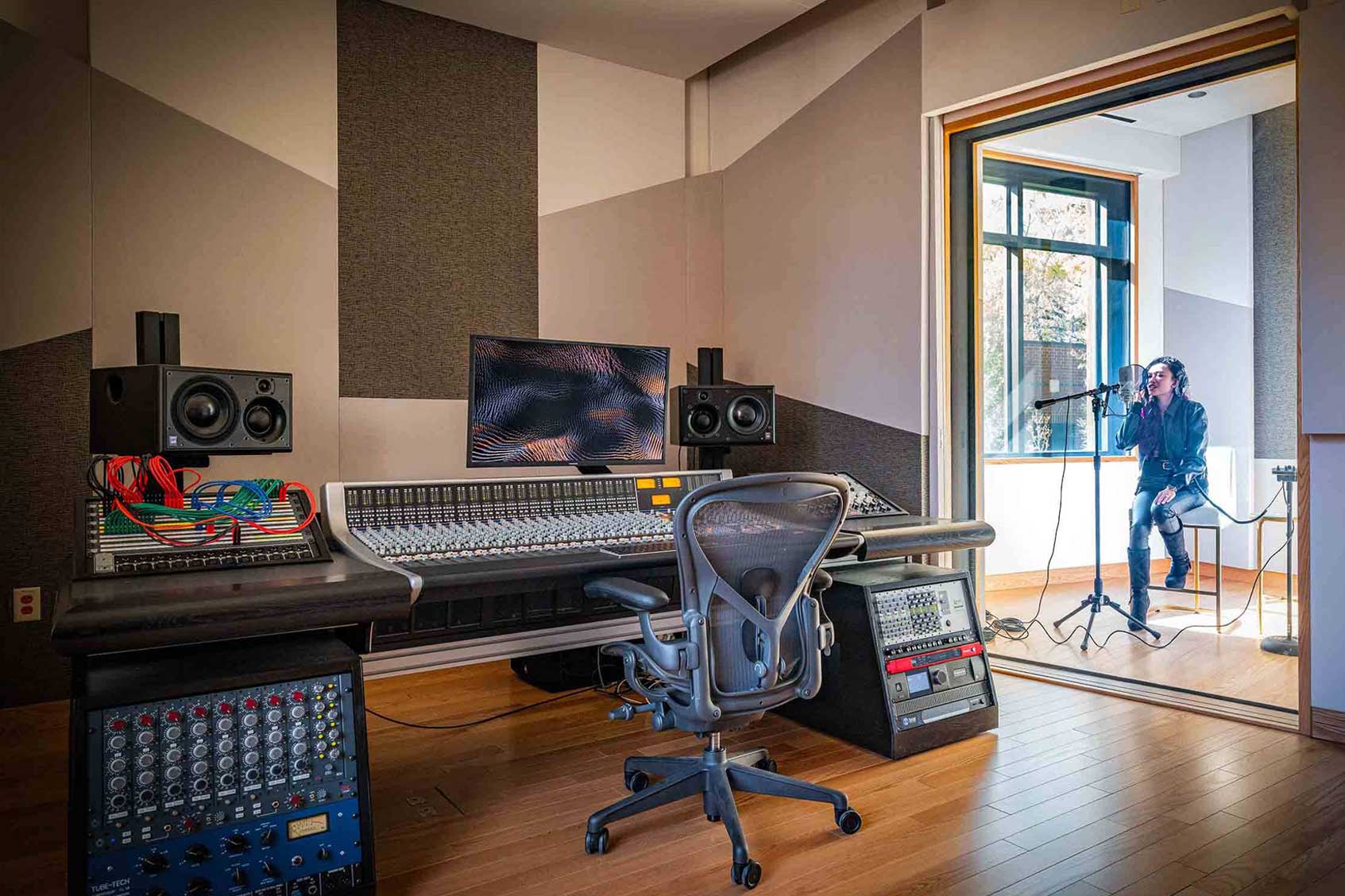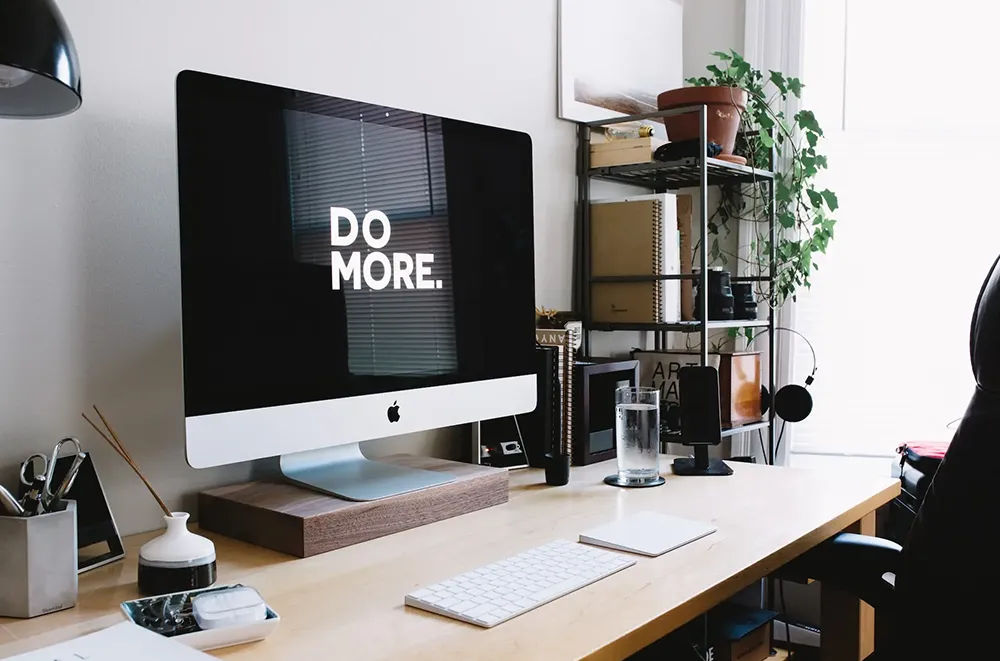While the terms “user-centered” and “user-centric” are often used interchangeably in the context of UI/UX design, there is a subtle difference between the two approaches.

User-Centered Design
User-centered design is a design methodology that places the user at the center of the design process. The goal is to create digital products that address the needs, preferences, and expectations of the users. The UCD process typically involves the following steps:
- Research and understanding the target audience
- Defining user needs, goals, and pain points
- Developing user personas and user journey maps
- Designing and prototyping solutions to address user needs
- Iteratively testing and refining the design based on user feedback
Advanced User Research Techniques:
In our User-Centered Design process at ArtVersion, we employ a range of advanced user research techniques to gain deeper insights into user behaviors, needs, and preferences:
- Ethnographic Studies: This immersive research technique involves observing users in their natural settings. By understanding the context in which users interact with products, we can identify subtle nuances and implicit needs that might not be evident in a controlled environment. Ethnographic studies allow us to design solutions that resonate with users’ real-life experiences.
- Eye-Tracking: To understand how users visually engage with a design, we utilize eye-tracking technology. This method reveals which elements of a design capture attention and which are overlooked, enabling us to optimize layouts, navigation, and content placement for better user engagement and comprehension.
- A/B Testing: Essential for validating design decisions, A/B testing involves presenting two variations of a design to different user groups and measuring their performance against specific metrics. This data-driven approach ensures that our design choices are not just aesthetically pleasing but also effective in meeting user needs and business objectives.
Incorporating these advanced techniques into our research phase enhances the depth and accuracy of our user insights, leading to more user-tailored design solutions.
Naturally, a user-centered design approach prioritizes user needs and preferences throughout the entire design process, ensuring that the final product is intuitive, easy to use, and enjoyable.
Metrics and Evaluation:
When we work on client projects that require a User-Centered Design process, we emphasize metrics and evaluation to assess the effectiveness of our designs. This involves:
- User Satisfaction Surveys: After the launch of a product or feature, we conduct user satisfaction surveys to gather direct feedback from our users. These surveys help us understand how well the product meets user needs and expectations and identify areas for improvement.
- Usability Testing Results: We conduct regular usability testing sessions throughout the design process. These sessions provide concrete data on how users interact with our designs, revealing areas of friction and opportunities for enhancement. Key metrics like task completion rates, error rates, and time to complete tasks are closely monitored.
- Analytics and User Behavior Data: We also leverage analytics tools to track user behavior on live products. Metrics such as conversion rates, bounce rates, and user engagement levels are crucial indicators of the design’s performance. This data helps us make informed decisions about future design iterations and enhancements.
- Return on Investment (ROI): For most projects, we evaluate the return on investment, considering not only the direct financial returns but also factors like increased user engagement, brand loyalty, and long-term customer relationships. This holistic approach to ROI ensures that our design solutions contribute to the broader business objectives of our clients.
By continuously monitoring and evaluating these metrics, we ensure that our designs not only look good but also perform well, aligning with both user needs and business goals.
User-Centric Design
User-centric design, on the other hand, is a broader approach that encompasses not only the design process but also the overall strategy, culture, and mindset of an organization. A user-centric organization prioritizes the needs and preferences of its users in every aspect of its operations, from product development and marketing to customer support and beyond.
In a user-centric organization, every team member, regardless of their role, is encouraged to think about and empathize with the user. This collective focus on the user helps create a cohesive, consistent experience across all touchpoints, ultimately leading to higher customer satisfaction and loyalty.
While user-centered design refers specifically to a design methodology that focuses on the needs and preferences of users during the design process, user-centric design is a comprehensive approach that incorporates user needs and preferences into every aspect of an organization’s culture, strategy, and operations. Both techniques are valuable for creating digital products and experiences that resonate with users, but user-centric design represents a broader commitment to prioritizing user needs throughout the entire organization.
Cultivating a User-Centric Mindset:
At ArtVersion, we recognize that cultivating a user-centric mindset is crucial within our design teams and across the entire organization. To achieve this, we focus on the following strategies:
- Employee Training and Workshops: Regular training sessions and workshops are conducted to instill a deep understanding of user-centric principles among all employees. These sessions cover topics like empathy in design, understanding user behavior, and the importance of user feedback in the decision-making process. By educating our team members across all departments, we ensure that everyone contributes to creating user-focused solutions.
- Internal Communication Strategies: We emphasize the importance of sharing user insights and feedback throughout the organization. Regular internal newsletters, meetings, and presentations are dedicated to discussing user stories, feedback, and research findings. This continuous flow of information ensures that every team member, regardless of their role, understands and values the user’s perspective.
- Cross-Departmental Collaboration: Encouraging collaboration between departments such as marketing, development, and customer service is vital. This integrated approach ensures that user-centricity is not siloed within the design team but is a guiding principle for every department. Collaboration sessions, joint projects, and inter-departmental meetings are regular practices, fostering a shared commitment to prioritizing user needs.
These initiatives help embed a user-centric approach into our company culture, ensuring that every decision we make is informed by and for the benefit of our users.
Cross-disciplinary Collaboration:
In our setup, we recognize the importance of cross-disciplinary collaboration in fostering a user-centric environment. In an effort to make the collaborating and touchpoints seamless, we follow these practical strategies.
- Collaborative Workshops and Brainstorming Sessions: We regularly organize workshops and brainstorming sessions that bring together team members from various departments, including design, marketing, development, and customer support. These sessions are aimed at sharing insights, generating ideas, and ensuring that every aspect of our projects is informed by a comprehensive understanding of user needs.
- Integrated Project Teams: For each project, we form teams that include professionals from different disciplines. This diversity ensures that a variety of perspectives are considered in the design process, leading to more holistic and user-centric solutions. It also fosters a shared understanding and appreciation of different aspects of the user experience among team members.
- Regular Inter-Departmental Meetings: To maintain a consistent user-centric approach across the organization, we hold regular meetings where different departments can share updates, challenges, and successes. This ensures that everyone is aligned with the company’s user-centric goals and understands how their work contributes to enhancing the overall user experience.
- Feedback Loops Between Departments: Establishing effective feedback loops is crucial. We encourage open communication channels where team members can easily share user feedback and insights. This ongoing exchange of information helps us stay agile and responsive to user needs, ensuring that our decisions are always guided by user-centric principles.
By promoting cross-disciplinary collaboration, we ensure that the user-centric approach is not just a design principle but a shared value that permeates every aspect of our work at ArtVersion.
Our Processes
At ArtVersion, we embrace both user-centered and broader user-centric approaches in our day-to-day work processes.
By employing a user-centered design (UCD) methodology, we ensure that user needs, preferences, and expectations are at the core of every design project. This involves conducting comprehensive research, creating user personas and journey maps, designing and prototyping solutions, and iteratively testing and refining the design based on user feedback.
In addition to adopting a user-centered design process, ArtVersion also embraces a human-centric approach throughout the organization. This means prioritizing user needs and preferences in all aspects of the company’s operations, from strategy and decision-making to communication and collaboration. By fostering a user-centric mindset, ArtVersion ensures that every team member, regardless of their role, is committed to creating digital products and experiences that resonate with users and deliver exceptional value.
Incorporating both user-centered and user-centric approaches allows ArtVersion to create digital experiences that not only meet the immediate needs of the users but also align with the broader goals and values of the organization. This holistic approach to UI/UX design helps ArtVersion build lasting relationships with its clients and establish a reputation for delivering user-focused solutions that drive business success.
